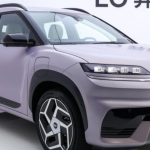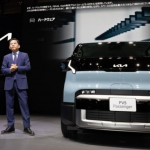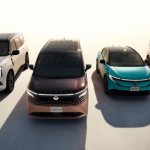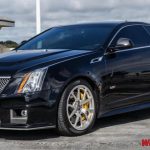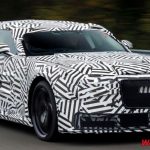Apple and OSAT’s Role: The Race to Develop fully Autonomous Vehicles has sparked the interest of many Tech Giants and established companies. While Tesla is often the first name that comes to mind when thinking about autonomous cars, Apple and OSAT (Outsourced Semiconductor Assembly and Test) companies are quietly making significant strides in the field. The future of self-driving cars isn’t just about the vehicle; its about the ecosystem of hardware, software, and services that power these innovations.
Let’s dive into what Apple and OSAT companies are contributing to this high-tech revolution.
Apple’s Secretive Approach to Autonomous Vehicles
Apple has long been rumored to be working on a self-driving car project, commonly known as “Project Titan.” While details about the project remain tightly under wraps, it’s clear that Apple has invested significant resources into developing a car that can drive itself without human intervention. Apple’s strategy isn’t to build just another car but to integrate it into its already well-established ecosystem.
Apple’s Strength: Hardware and Software Integration
One of Apple’s core advantages in this race is its ability to design both hardware and software in tandem. The company’s iPhone, iPad, and Mac all run on a unified operating system (iOS/macOS), which is known for its seamless integration across devices. Apple’s approach to autonomous vehicles would likely follow a similar path, with a focus on a fully integrated driving experience.
Recent rumors suggest that Apple’s self-driving car could use advanced sensors like LIDAR (Light Detection and Ranging) and radar, combined with a proprietary AI-powered driving system. Apple is also believed to be working on its own custom chips, much like its M1 and M2 chips for Mac computers, to handle the immense data processing requirements for self-driving technology.
OSAT Companies: The Unsung Heroes of the Autopilot Revolution
While Apple takes the spotlight in designing its autonomous car, The role of OSAT companies is just as critical in ensuring that these cars are ready for mass production. Outsourced Semiconductor Assembly and Test companies provide the essential backend support for the high-tech components that make self-driving cars possible.
The Role of OSAT in Autonomous Vehicles
Autonomous vehicles rely heavily on advanced semiconductor components such as microchips, sensors, and processors. These devices have to be not only powerful but also durable, reliable, and able to withstand the harsh conditions of constant movement and varied weather environments.
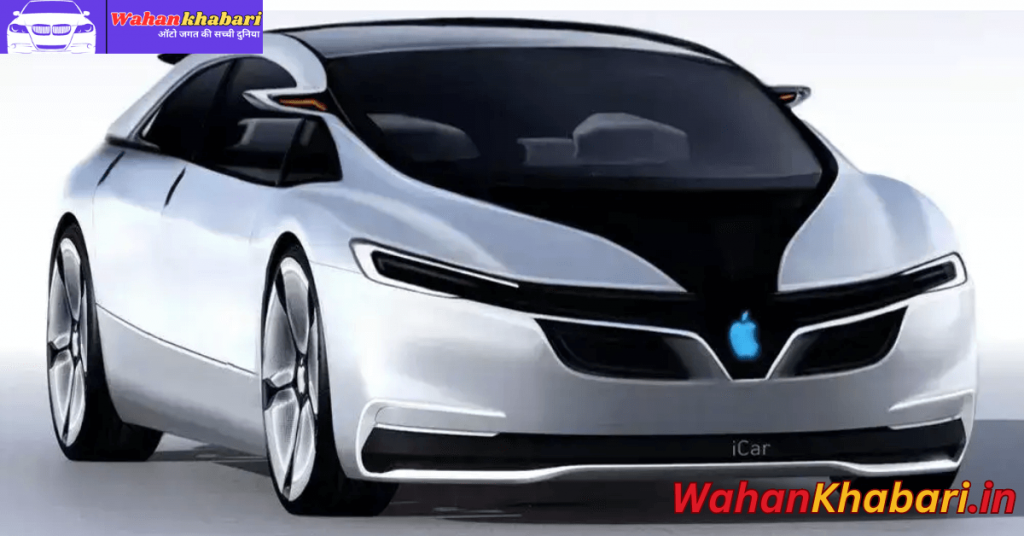
This is where OSAT companies come in. They are responsible for packaging and testing the semiconductors that go into the sensors and control systems used in autonomous cars.
Outsourcing the Semiconductor Assembly
In the world of autonomous vehicles, speed and reliability are paramount. OSAT companies allow companies like Apple (and others like Tesla, Waymo, and traditional automakers) to focus on their core competencies—designing innovative systems and vehicles—while leaving the complex work of semiconductor assembly and testing to specialists. These companies are critical to getting cutting-edge technology into the hands of consumers faster and more efficiently.
OSAT companies also play a role in mitigating the global semiconductor shortage, which has affected industries worldwide. By working with numerous suppliers and manufacturers, these companies help to maintain a steady supply of critical chips that power self-driving vehicles.
How Apple and OSAT Could Shape the Future of Autonomous Vehicles
The collaboration between Apple and OSAT companies is poised to transform the self-driving car industry. Apple brings its expertise in hardware, software, and user experience, while OSAT companies provide the advanced semiconductor technologies required to make those innovations a reality. Together, these companies will likely help accelerate the development of autonomous vehicles in the coming years.
The Integration of AI and Connectivity
One of the defining features of autonomous vehicles will be the integration of artificial intelligence. With Apple’s existing experience in AI (especially through Siri, machine learning models, and ARKit), the company is uniquely positioned to create a self-driving car that not only drives itself but also anticipates its passengers’ needs. This could include everything from adapting the climate control based on a user’s preferences to providing real-time navigation and entertainment options.
Apple’s reputation for seamless device integration could ensure that its autonomous vehicles are connected to its broader ecosystem in ways that are highly intuitive. Imagine a world where you can summon your Apple Car with Siri, control it from your iPhone, and even check your vehicle’s health via the Apple Watch. For Apple, autonomy is just one piece of a much larger puzzle.
The Environmental Impact and Sustainability
Apple has made sustainability a core part of its business philosophy, and this will likely extend to its autonomous vehicle endeavors. Reports suggest that the company is looking to make its cars environmentally friendly, possibly with an electric powertrain. Combined with the possibility of a fully integrated AI system, The car could become a highly energy-efficient mode of transport, minimizing environmental impact.
OSAT companies could also play a role in this area, as they work on producing more efficient chips that use less power, contributing to overall vehicle energy efficiency.
Conclusion: The Road Ahead
Apple and OSAT’s Role: The development of self-driving cars is no longer a distant dream but a reality that is rapidly taking shape, and companies like Apple and OSAT providers are central to this transformation. As autonomous vehicles move closer to mass adoption, Apple’s role in pushing the boundaries of user-centric, integrated tech and the critical infrastructure provided by OSAT companies will be indispensable.
Apple and OSAT’s Role: While the full impact of Apple’s and OSAT’s involvement in autonomous vehicles won’t be felt immediately, their combined efforts signal that the future of transportation is becoming more advanced, more connected, and ultimately, more autonomous. The race to self-driving cars is heating up, and these industry players are poised to lead the way.

